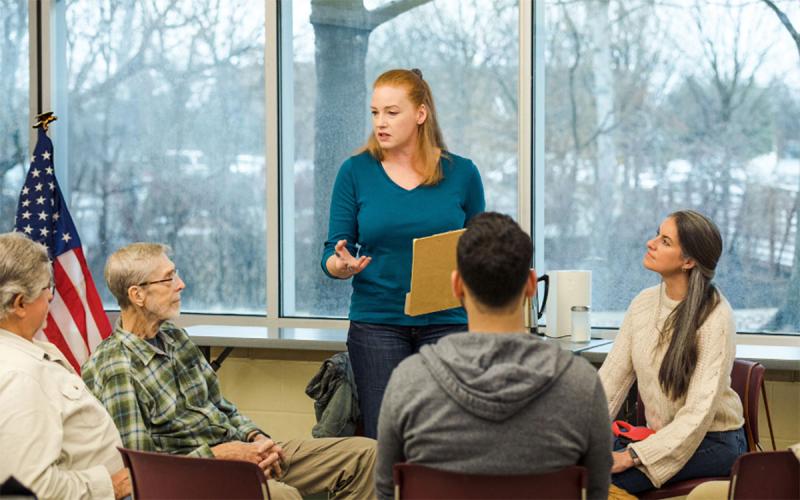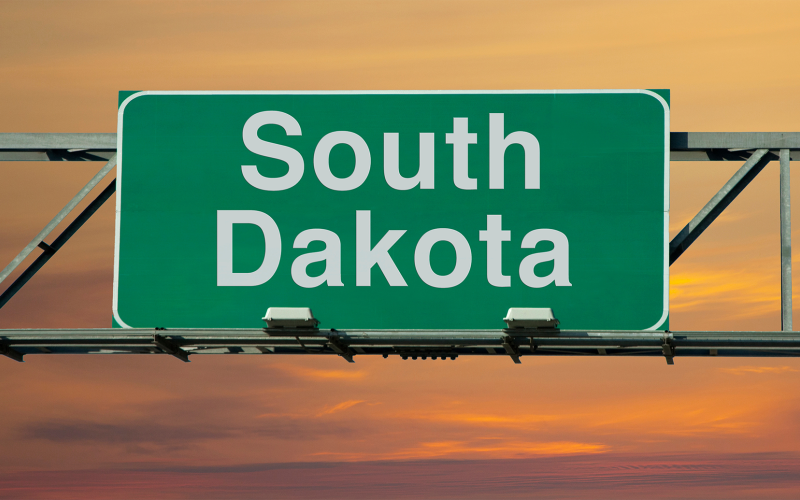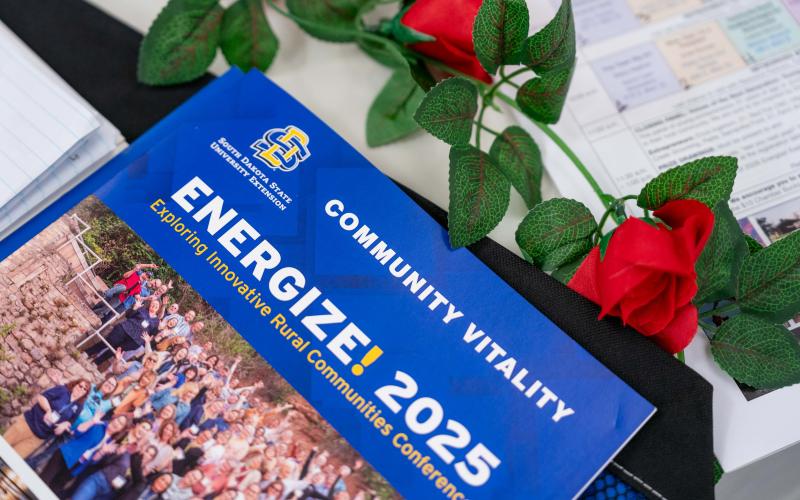Building a sense of belonging in any community requires social interaction. Third places, a term introduced by sociologist Ray Oldenburg, comprise social spaces outside of one’s home (which is considered the first place) and work (which is the second place). Third places serve as crucial gathering spots where people can connect with others, share their ideas, and build upon new or existing relationships. These spaces include both businesses and public places, such as cafes, libraries, parks, and community centers. While third places have importance everywhere, they play an especially critical role in rural areas, where social hubs are often much scarcer. So, with this in mind, what exactly do these third places offer that’s so important to rural communities?
Strengthening Social Connections

Isolation is a common challenge in rural communities, where homes are often spread further apart and public spaces are more limited. Third places provide essential venues for people to get together, reducing the potential for loneliness and instead fostering a sense of community. Local diners, farmers’ markets, and church halls all serve as informal gathering spots, where residents can converse, offer support to one another, and forge lasting bonds. A recent study by researchers out of Pennsylvania State University titled “Mental Health Status and third Places Use Among Rural Working-Age Adults in the United States” found that engaging in conversations for over 30 minutes in third places is associated with better mental health outcomes among rural adults. This only highlights further the role of these spaces in fostering social connection and preventing feelings of isolation.
Supporting Local Economies
Looking beyond their social function, third places are crucial for economic vitality in rural areas. Small businesses, such as cafes and bookstores, thrive when they become community gathering spots. The frequency of visitors and the development of regular patrons creates more employment opportunities as the need for staff grows. As another example, farmers’ markets not only provide fresh, local produce, but they also serve as places of economic and social gathering, where farmers can directly engage with their consumers. A study summarized by the National Bureau of Economic Research found that introducing cafes, such as Starbucks, in neighborhoods without any prior coffee shops led to in an increase in local entrepreneurship. This suggests that third places are important factors in stimulating economic development. By fostering local entrepreneurship and generating economic activity, third places contribute to the long-term sustainability of rural communities.
Encouraging Civic Engagement

Third places also serve as spaces for civic engagement among community members. These places act as hosts for town meetings, educational programs, and more, allowing residents to stay informed and get involved with the decisions their communities are making. Libraries and town halls often offer workshops, public forums, and additional resources that empower individuals with knowledge and promote lifelong learning opportunities. Additionally, events like local art exhibitions and music performances, celebrate regional culture and offer unique chances to strengthen community identity. These activities not only bring people together, but also simultaneously preserve traditions and encourage the generation of new ideas.
Third places are more than just physical locations—they are the heartbeat of rural communities, fostering connection, economic growth, and civic engagement. Investing in and preserving these spaces is essential for building stronger, more-resilient rural areas. By recognizing the value of third places, we can ensure that rural communities continue to thrive for generations to come.


